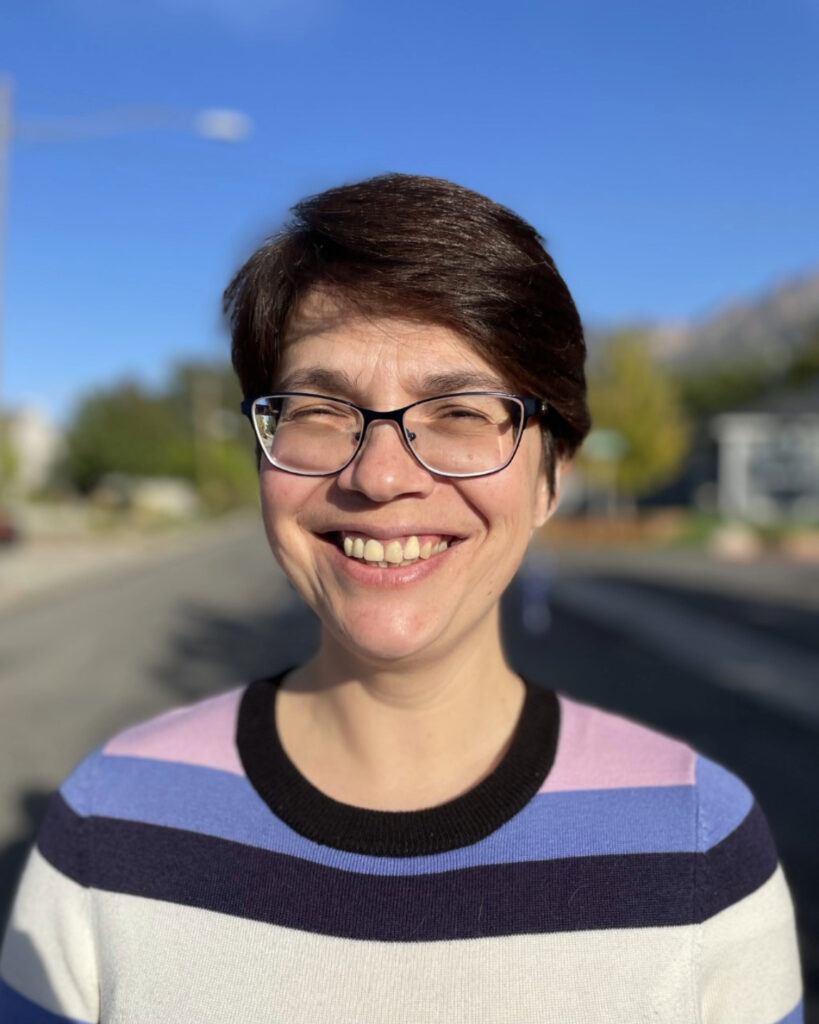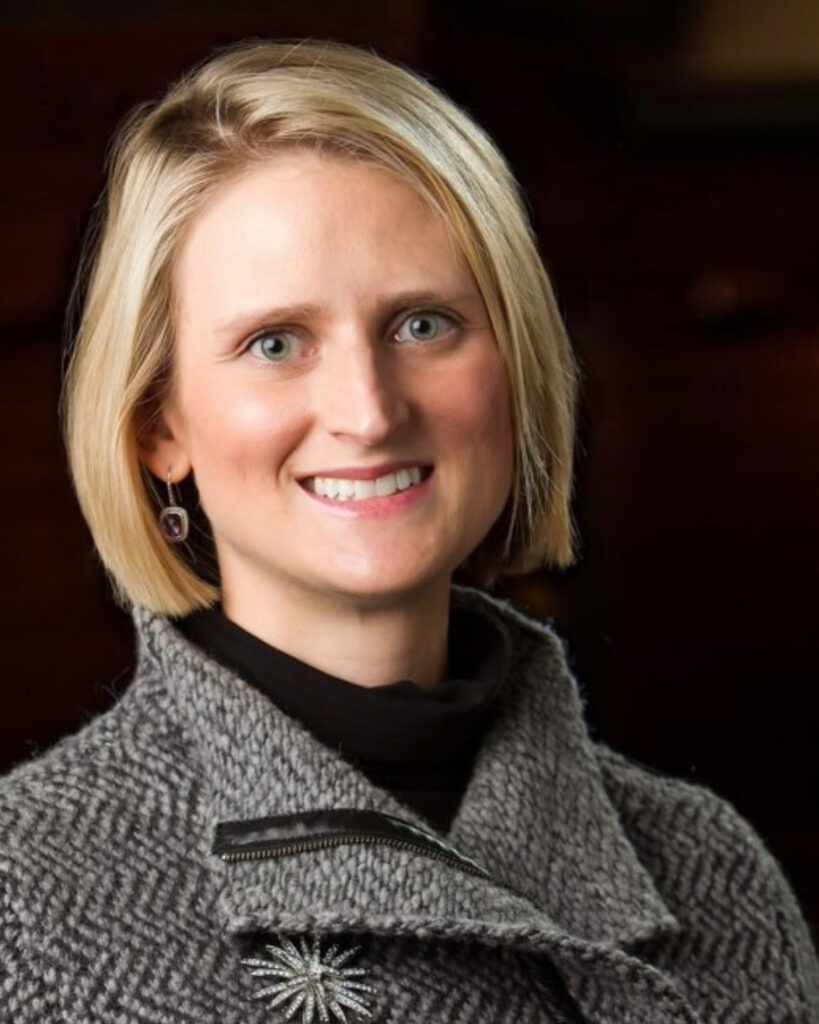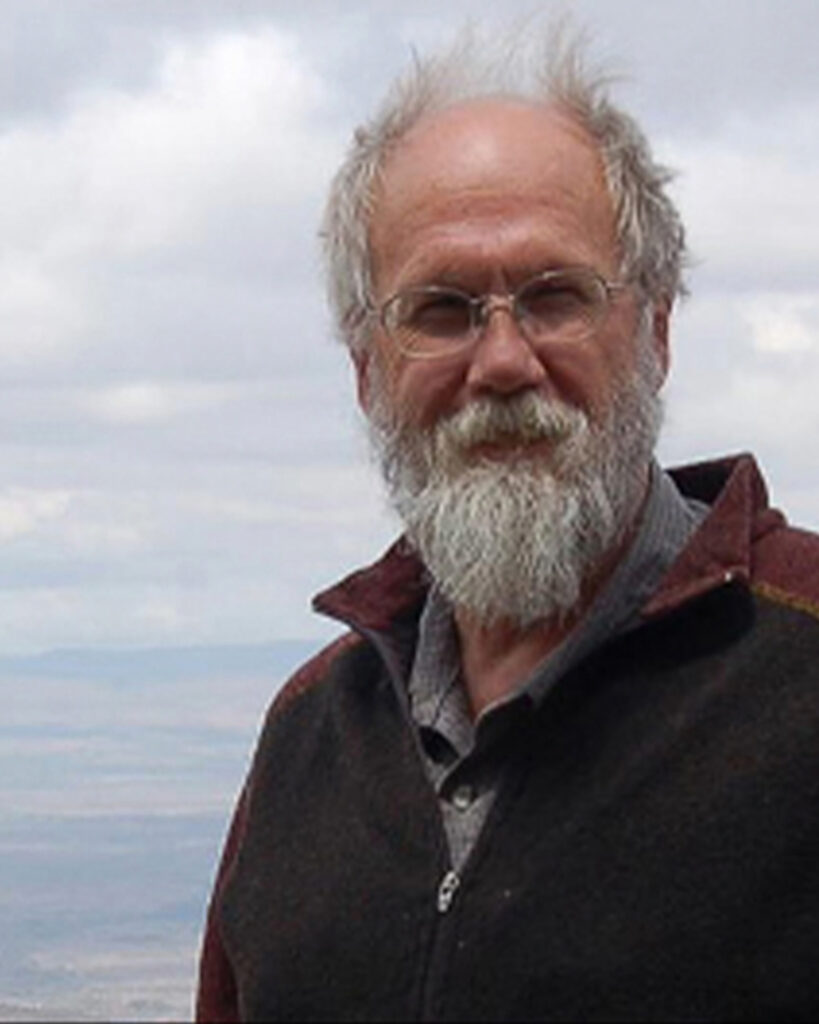Trailblazing with Earth & Environmental Science
June 4, 2025
Above: Ryker Ray (left) and Hunter Hastings
One of the newest majors available for undergraduate students at the University of Utah is Earth & Environmental Science (EES).
The program fuses principles from atmospheric science, geology, and ecology to address key questions about the environment — including freshwater availability, the effects of extreme weather, and ecosystem resilience, among other topics. Students in the program join a faculty research stream — studying in a campus lab or out in the field — to acquire valuable experience.
Utah is known worldwide for its geological attributes and abundance of outdoor recreational opportunities. From the Wasatch Mountains to Zion National Park, the state serves as a natural classroom for EES students to study a variety of research topics, including snowfall dynamics, watershed health, aerosol chemistry and much more.
EES students study together in small cohorts, supported by faculty mentors, to develop practical skills for fruitful careers like environmental consulting, resource management, policy, among others. Students can also supplement their studies with a Sustainability Certificate.
Among the first graduating EES students are Ryker Ray and Tucker Hastings.
Ryker Ray

Ryker Ray
"I have thoroughly enjoyed my experience these past two years in the EES major,” says Ray, reflecting on his experience. “A brand-new major can be a little rough around the edges at times, but overall my classes were interesting and challenging."
One of the biggest draws for Ray to study EES was its interdisciplinary focus, reflected in the variety of his research work in the Science Research Initiative. He initially investigated the links between air quality and wildfires in atmospheric scientist Gannet Hallar’s Aerosol Research Lab. Later, he transitioned to biologist Austin Green’s Wildlife-Human Interaction Lab to engage in fieldwork and ecological data analysis. It was there that Ray developed a particular interest in studying carnivores.
"I am evaluating how certain extreme climate variables, which mirror future climate change conditions, are affecting the spatial and temporal behavior of small to large carnivores," says Ray. He focused on developing a framework for wildlife and land management, with the hope of influencing policy.
"We still lack an understanding of the degree to which our urban development affects the behaviors and populations of carnivores across the world," he adds.
Through his research, Ray benefited from a strong mentorship bond with Green. "I have never had such a compassionate and helpful mentor. Austin has always made time for me and the other students in the lab, even when working across two different organizations and caring for a new baby," says Ray.
Beyond the classroom, Ray, who hails from Park City, Utah, co-founded and served as Vice President of the Utah Students for Conservation Club, inspired by his studies and a reforestation internship in Costa Rica. Additionally, he contributed writing and photography to the environment-focused Wasatch Magazine.
Looking ahead, Ray hopes to work in fire ecology. "I want to begin repairing and building a bridge to work with the many Native American tribes and nations who have been using fire to maintain the health of the Western U.S." He hopes to pursue this ambition by founding his own company dedicated to public education and environmental awareness on the issue.
Tucker Hastings

Tucker Hastings
Originally from Santa Fe, New Mexico, William "Tucker" Hastings graduated with a double major in EES and Spanish, along with a minor in atmospheric sciences. As a member of the inaugural EES cohort, he valued the program’s interdisciplinary collaboration. "I enjoyed being able to connect with professors and students in the three different disciplines,” says Hastings. “The major’s emphasis on holistic perspectives and practical experience were also highlights." His EES studies were a particular highlight of his undergraduate career, and he eagerly engaged in research, labs and cross-disciplinary connections.
Hastings’ research focused on Utah's landscapes, stemming from his childhood adventures exploring the state’s wild places. His interest was sparked by a pivotal Science Research Initiative field trip to Costa Rica, where he met with biologists and conservationists. This led to his work in the Şekercioğlu Lab, assisting with trail camera image identification and conducting biodiversity surveys in the Grand Staircase-Escalante National Monument.
For this project, he collaborated with the Aparecido Lab in the School of Biological Sciences to study the impact of invasive species. He compared areas invaded by Russian olive trees to non-invaded sites to build a model of biogeographic trends. Hastings highlighted a significant knowledge gap: "Despite its long history in Utah, Russian olive has gone largely unstudied in the United States. The work of my lab [was] some of the first to investigate its impacts."
Following graduation, Hastings plans to continue his studies in ecology by pursuing a Ph.D., ideally in desert ecology. His core aspiration is "to use science to promote conservation, as well as community engagement in science and ecology."
by Ethan Hood
Students interested in the Earth & Environmental Science major at the University of Utah can learn more here.

 As I entered college, I was in renal failure and had two choices: Return home and enjoy the rest of my declining life, or make one last effort to achieve my childhood dream. I chose the latter. I received an auto renal kidney transplant, picked up my textbook and asked myself this question, ‘How far are you willing to go?’ I’m willing to go farther than anyone has before me.
As I entered college, I was in renal failure and had two choices: Return home and enjoy the rest of my declining life, or make one last effort to achieve my childhood dream. I chose the latter. I received an auto renal kidney transplant, picked up my textbook and asked myself this question, ‘How far are you willing to go?’ I’m willing to go farther than anyone has before me.













 Over the course of an academic career spanning five decades, the University of Utah geoscientist has developed numerous forensic tools, such as isotope analysis, for understanding geological processes that affected the course of life on Earth, according to presentations given Saturday at a symposium to reflect on the contributions of Cerling, who is retiring this year.
Over the course of an academic career spanning five decades, the University of Utah geoscientist has developed numerous forensic tools, such as isotope analysis, for understanding geological processes that affected the course of life on Earth, according to presentations given Saturday at a symposium to reflect on the contributions of Cerling, who is retiring this year.